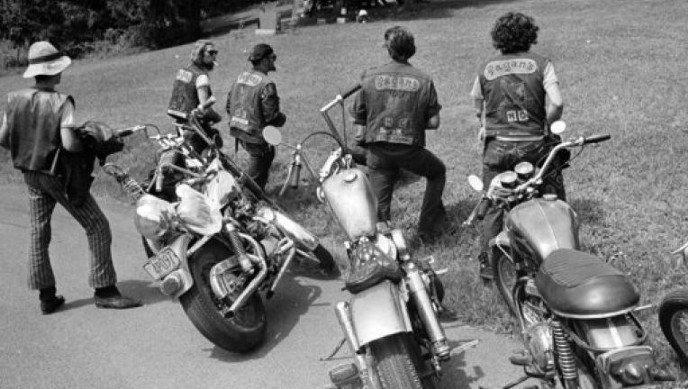
Figure 1 illustrates members of outlaw motorcycle clubs (OMCs), which is the nonconformist motorcycle subculture. It arose after World War II and attracted military veterans (Kuldova, 2021). Initially, this group was marginalized within the motorcycle community and later within the whole society. Gradually, the number of OMCs grew, and by the end of the century, they turned into vast transnational organizations with thousands of members. These clubs are associated with criminal activity and are now treated as criminal gangs. Members of OMCs wear distinctive badges in the form of patches with the club name, location, and 1% patch. I discovered this photo while looking for information for this Media Journal Assignment. Society can react to these examples in the form of disapproval since OMCs are associated with criminal activity and are especially common in the US. These clubs have a semi-mythical status, which makes me feel an increased interest in studying their history. However, the reality is not so romantic, as members of the OMCs are involved in many criminal activities.
OMCs are an example of deviance primarily because they are a marginalized subculture. They have distinctive features, unite in groups, and also arise in response to social conditions. This example reflects the Anomie theory, which states that “elements in society’s structure promote deviance by making deviant behavior a viable adaptation to living in the society” (Clinard & Meier, 2015, p. 78). Thus, the theory emphasizes that there are various social structural conditions that cause individuals to become deviants. OMCs were primarily formed from World War II veterans who, having returned from the war, could not adapt to society. Members of such clubs are marginalized primarily among the motorcycle community, as they are involved in criminal activity. OMCs are an example of how the lack of viable social alternatives pushes people to form subcultures. Some of them express their deviance peacefully, and some become a public threat as OMCs. It is critical to ensure that members of various groups, especially the disadvantaged ones, have sufficient options for integration into society.
References
Clinard, C., & Meier, R. F. (2015). Sociology of deviant behavior (15th ed). Cengage Learning.
Kuldova, T. (2021). Outlaw motorcycle clubs. Oxford Bibliographies. Web.
Jusuf-Hatta, G. (2020). Counterculture as a gendered post-war legacy: The latent case of outlaw motorcycle clubs. Medium. Web.